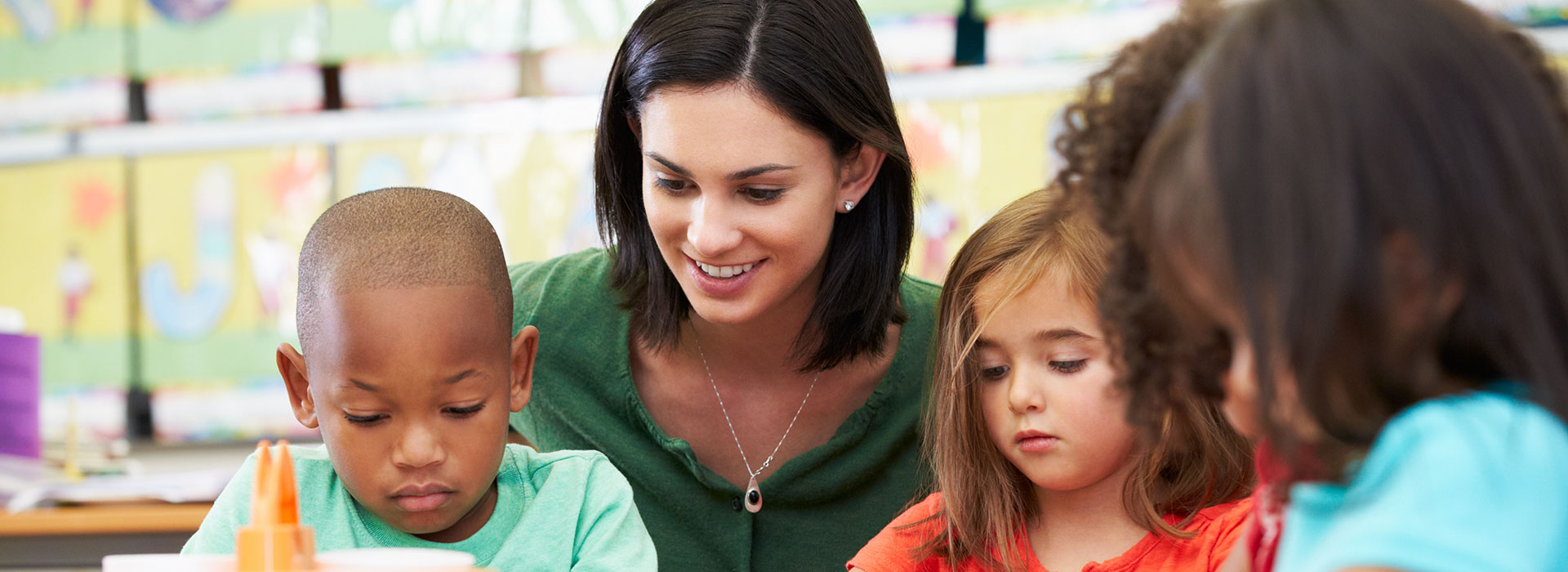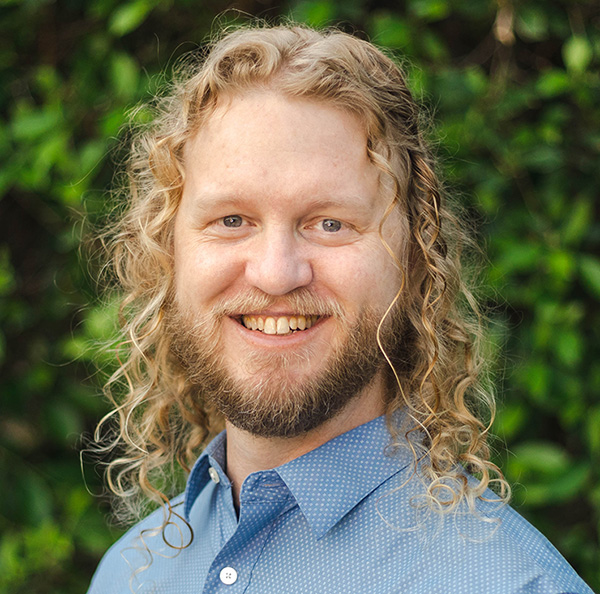We have a responsibility to develop the academic, social, and emotional capacities of students.
Having chosen a career as an educator, I’ve essentially spent my entire life in or connected to schools. A striking pattern across the classrooms I have been a part of in one way or another is teachers’ great desire for “their” students to be successful in and beyond their time in the classroom. The only people who may feel this more are the students themselves and their families. There are many factors that influence learning, but when we focus on instruction, we can impact students directly.
We cannot control the time we have, but we can control how we spend that time with our learners. We have a responsibility to develop the academic, social, and emotional capacities of students. This development requires the application of a variety of instructional techniques and strategies.

What is worth your time?
Tips and Protocols for Growing from Within
Tip 1: Look to the research
What is working for others and why? Once you have determined what you want to explore or improve, start by searching for studies and articles that may get you off to a quick start. There is no reason for each of us to spend our careers learning through trial and error. Existing research can help to narrow our focus. Referring to resources such as the What Works Clearinghouse, which evaluates and summarizes research regarding programs, products, practices, and policies in education, can help you make decisions early on. John Hattie’s Visible Learning synthesis can be quickly and easily accessed through Visible Learning Metax.
Tip 2: Review influences on student achievement
A quick review of the factors that influence student achievement can point you in the right direction. For Professor Hattie’s Visible Learning research, an effect size of .40 represents one year’s growth in one year’s time (Hattie, 2009). Look for influences higher than .40 to accelerate learning.
Tip 3: Seek support from colleagues
Reach out to experienced teachers, instructional coaches, and other support systems in your school or district for how to implement the strategies you identify in your situation. We build collective efficacy and promote a learner-centered environment when we partner with others.
Tip 4: Don’t overwhelm yourself
Select one or two ideas to focus on. Too much at once is overwhelming and can be demotivating.
Once we know what we will do, it’s time to focus on how. Anything that we can do can be done well or poorly and that means anything we can do can be learned and improved. Teaching is a complex task to say the least, but we don’t have to do it alone.
3 Ways to Grow Within
As educators we have many resources which outline tried and true approaches to learning. These “best practices” provide options that we can trust. However, these approaches are effective not because of what they are, but because of how they are implemented and that is almost impossible to learn without practice and support.
In Leading Impact Teams: Building A Culture of Efficacy, there are ten purposeful protocols that engage educators in the Impact Teams three-step framework of gathering evidence, analyzing the evidence to understand root causes, and planning and implementing collective actions. We abbreviate this process as Evidence, Action, Analysis (EAA). All protocols begin by identifying student strengths and analyzing why those are strengths to lead to improved learning for ALL students. Here is an abbreviated overview of three of the ten protocols that incorporate high-impact instruction that lead to learner growth: Micro teaching, Evidence Walks, and Peer Coaching from Leading Impact Teams: Building A Culture of Efficacy by Dr. Paul Bloomberg and Barb Pitchford (2017).

What’s micro teaching?
Micro teaching is a low-cost, high-impact instruction method for learning and improving instructional strategies and techniques. This protocol uses video as an evidence source.
Step 1: Record & Determine Criteria
Cell phones and other devices have made it simple to record learning at any time and save the video until it can be viewed together, but outside video can be used as well. Before viewing, the team determines what criteria they expect to see.
Step 2: Review
Teams view the video evidence and take notes on strengths they observe and questions or wonderings they have. If the video features a teacher on the team, this teacher will reflect on the feedback and respond to the team’s questions to clarify everyone’s understanding. If an outside video is used, the team will respond to each other’s questions. This discussion will be recorded as strengths and possible next steps.
Step 3: Practice
Next, each educator has an opportunity to practice what they observed. This practice is without students, so team members can be completely focused on learning, attempting, and revising the strategy or technique.
Step 4: Reflect
Finally, the team reflects on the entire process and determines what criteria are most important for implementing their focus and identifies one or two ways to improve before they meet again.
Teams, or even pairs or triads, can return to the micro teaching process as needed to continue to improve their practice.
Evidence Walks
Evidence walks are classroom observations for teachers. Similar to micro teaching, this process involves being physically in classrooms, rather than viewing video, to gather evidence.
Step 1: Co-construct
First teacher teams co-construct the criteria they will be looking for so that everyone, including the teacher(s) being observed, is on the same page. The teacher(s) who is hosting the group takes time to briefly inform the group of the classroom context, the goal of the lesson, where the class is in the learning progression, and anything specific they hope the team will provide feedback on. This is a time for everyone involved to ask clarifying questions and review how they will take notes on what they observe.
Step 2: Observe
During the observation, the team takes low-inference notes regarding the environment, what students and teachers are doing and saying, and any other pertinent information. These notes are meant to serve as a collective memory of the lesson and not as an evaluation.
Step 3: Analyze
The team meets after the lesson to analyze their notes, provide feedback on strengths, and ask questions about what they have seen and heard.
Step 4: Action
Through discussion, the team clarifies their shared understanding and determines possible next steps to improve instruction in each classroom. They create a plan of action and include any resources they will need.
It takes significant planning for a full team to engage in these “live” classroom observations for teachers, but participants benefit from being able to observe the classroom and the instruction from “within” in a way that is not possible through video.
Peer Coaching
Peer coaching is very much like engaging in evidence walks, but might involve as few as two teachers.
Step 1: Co-construct
The teachers meet before the lesson to agree on the focus of the observation and for the host to share information about the class. Together they discuss and clarify the objectives and expectations for the lesson.
Step 2: Observe
During the classroom observation, the visiting teacher(s) takes low-inference notes regarding the environment, what students and teachers are doing and saying, and any other pertinent information.
Step 3: Analyze
Notes regarding the observation are shared and discussed. The teachers have a conversation about how the lesson went, what was accomplished, and what led to success in the lesson. This is a time for the visiting teacher to begin to understand the thinking and planning that went into making the lesson work for students and what could be changed in the future.
Step 4: Action
The partners decide what should come next. They will describe how the guest(s) can implement what was observed as well as how the lesson can be improved. Finally, the educators outline their next steps and identify any necessary resources.
Peer coaching is an excellent way to spread success across an organization while strengthening relationships and trust for everyone involved.
For more on purposeful protocols refer to Leading Impact Teams: Building a Culture of Efficacy.
What’s Next?
To borrow from Todd Whitaker, “The best thing about being a teacher is that it matters. The hardest thing about being a teacher is that it matters every day.” Working as an educator is exciting, but it can also be daunting.
Start with something small. Ask yourself and your team, “What is one technique or strategy you already have in place that you could develop?” or, “What is one new high impact instructional strategy we want to learn and implement?”
Identify the key resources you will use to guide you. Select only a few. Don’t forget that many of these resources may be people in your building or system.
Learn with the team. Don’t go it alone. If your team isn’t onboard, find a partner who will work with you and start there. Be honest and vulnerable and you will find your way together.
Take a moment to reflect on high impact instruction in your own situation.
- What are some of the instructional strengths you can share and build on?
- What is a question or problem that excites your curiosity?
- What are you ready to explore or improve?
- Which people and resources might support you in your journey?
I barely scratched the surface of what it takes to implement personalized, high-impact instruction but together, we can identify how we can ensure success for our students. These protocols are just a few proven strategies that school districts have found successful when implementing Impact Teams. If you would like more information or to find out how to launch Impact Teams in your school or district, contact us to customize a partnership and plan your next steps.
Learn More!

